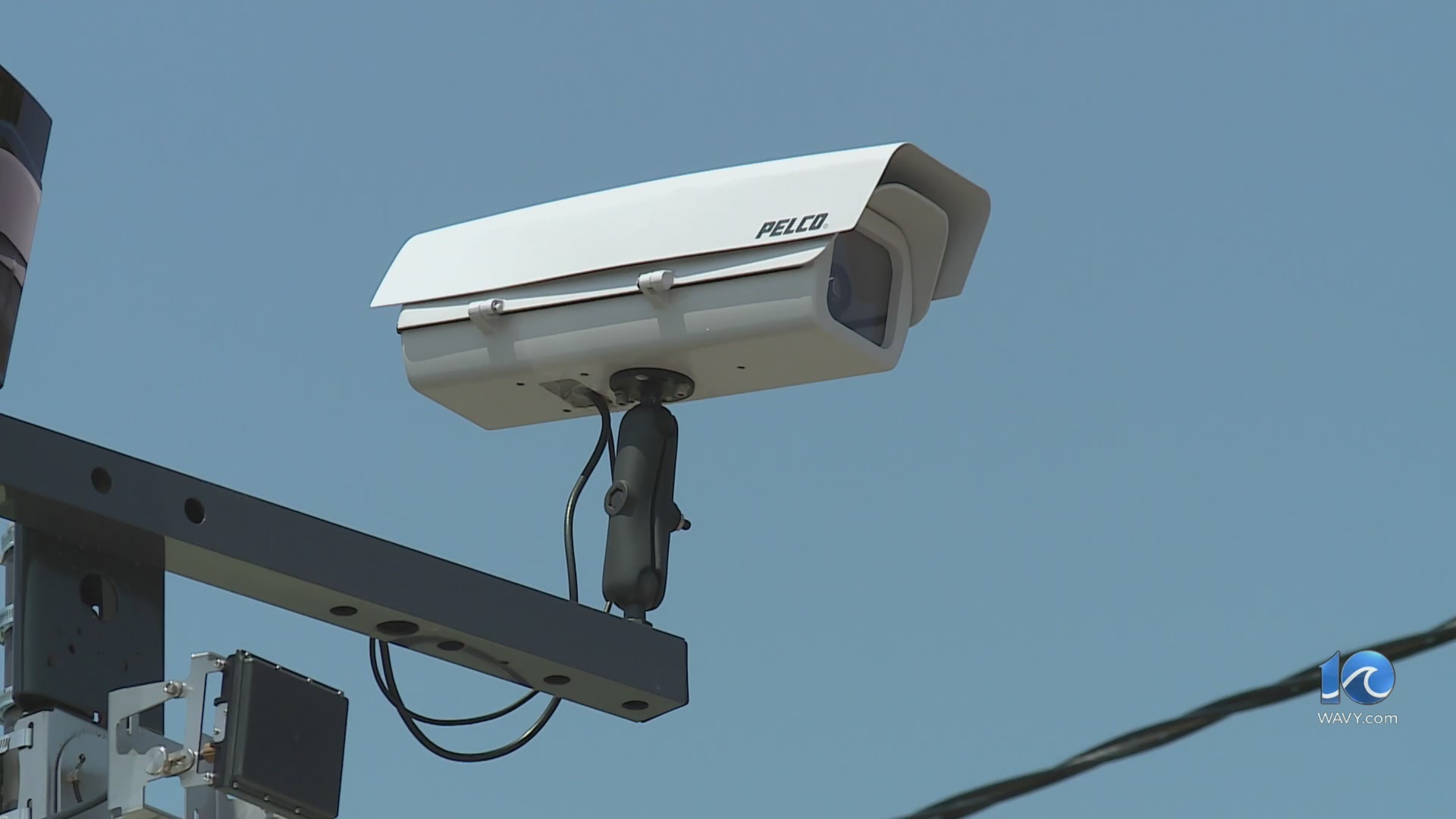DAKAR, Senegal (AP) — At least 100 civilians were killed by Burkina Faso government forces in March near the western town of Solenzo, Human Rights Watch said Monday.
According to victim testimony and videos shared on social media gathered by the rights group, the attackers were Burkina Faso special forces and members of a pro-government militia, the Volunteers for the Defense of the Homeland. The victims were all ethnic Fulani, a pastoralist community that is widespread across the region, which the government has long accused of supporting Muslim militants.
An earlier report from Human Rights Watch stated that the government’s involvement was likely, because of video evidence on social media, although the findings were not definitive. The government issued a sharp denial when first reports surfaced, saying in a statement it “condemned the propagation, on social media, of images inducing hate and community violence, and fake information aimed at undermining social cohesion” in the country.
“The viral videos of the atrocities by pro-government militias near Solenzo sent shock waves through Africa’s Sahel region, but they told only part of the story,” said Ilaria Allegrozzi, senior Sahel researcher at Human Rights Watch. “Further research uncovered that Burkina Faso’s military was responsible for these mass killings of Fulani civilians, which were followed by deadly reprisals by an Islamist armed group. The government needs to impartially investigate these deaths and prosecute all those responsible.”
Burkina Faso authorities did not immediately reply to a request for comment on the group’s new report.
The landlocked nation of 23 million people has symbolized the security crisis in the arid Sahel region south of the Sahara in recent years. It has been shaken by violence from extremist groups linked to Al-Qaeda and the Islamic State group, and the governments fighting them.
The military junta, which took power in 2022, failed to provide the stability it promised. According to conservative estimates, more than 60% of the country is now outside of government control, more than 2.1 million people have lost their homes and almost 6.5 million need humanitarian aid to survive.
The attack in the western Boucle du Mouhoun region, including Solenzo and other towns, began on Feb. 27 and lasted until April 2, involving hundreds of government troops and drones, according to eyewitnesses quoted in the report.
“The VDPs shot at us like animals, while drones were flying over our heads. Many women and children died because they could not run,” said a Fulani herder, 44, from Solenzo, referring to the pro-government militias.
After the attack, hundreds of Fulani residents fled across the border into neighboring Mali, the report said.
“Today, in the whole province, there are no more Fulani — they all fled or were killed or taken hostage,” said a 53-year-old man from Solenzo. “But the other (ethnic) communities remain.”
After the government forces left, the report said that jihadist fighters from a group known as JNIM reentered the towns and carried out reprisal killings against residents, targeting the men whom it considered to be military collaborators.
“All the men had been executed in front of the health center,” said a 60-year-old woman who witnessed JNIM abuses in Tiao village, a town to the northeast of Solenzo on April 5. “I counted up to 70 bodies.”
According to analysts, the junta’s strategy of military escalation, including mass recruitment of civilians for poorly trained militia units, has exacerbated tensions between ethnic groups.
It it impossible to get an accurate picture of the situation in the country since the military leadership has installed a system of de facto censorship, rights groups said, and those daring to speak up can be openly abducted, imprisoned or forcefully drafted into the army.







